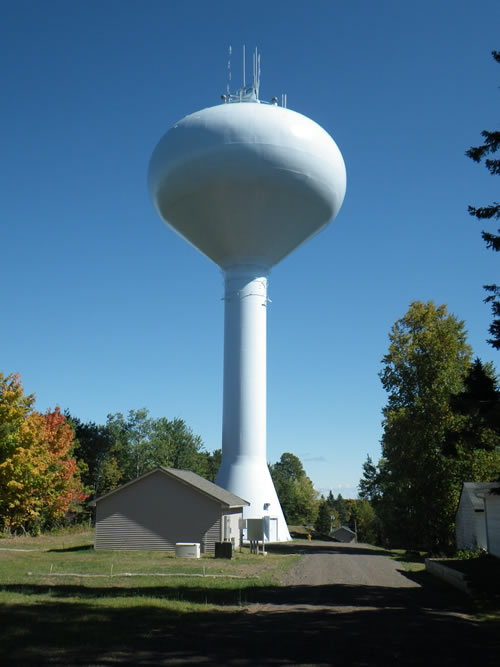Drinking Water Revolving Loan Fund
- DWRF Home
- Contact Us
- Dates to Know
- Project Priority List
- Intended Use Plan
- Environmental Review
- Frequently Asked Questions
- Procedure
for Collecting Well Data - Forms
- Laws and Rules
Related Topics
Environmental Health Division
Drinking Water Revolving Fund
General Information
The Drinking Water Revolving Fund (DWRF) provides below market rate loans and grants for public water system improvements. The first step for obtaining funding is to place a project on the Project Priority List (PPL). The Instructions for placing project proposals on the PPL as well as the Dates to Know can assist you with how to submit a proposal.
A specific PPL application form for Lead Service Line Replacement (LSLR) projects has been developed and is located at Lead Service Line (LSL) Replacement Funding Program.
Projects remain on the PPL for 5 years and being on the PPL doesn’t obligate a system to move forward with the project.
If the system is ready to move forward with a project that is listed on the PPL the water system will need to send a request to the Minnesota Public Facilities Authority to place the project on the Intended Use Plan (IUP). A water system can apply for the PPL and IUP in the same fiscal year. There is no obligation to obtain funding if a project is listed. Likewise, there is no guarantee that every listed project will be funded.
Funding priority goes to projects that:
- Protect public health.
- Provide adequate water supply.
- Assist communities with financial needs.
Systems eligible for loans include:
- Community Water Systems that are:
- Publicly owned municipal systems.
- Regional water systems, such as rural water systems.
- Privately owned condominium and manufactured home park systems.
- Nonprofit Noncommunity Systems such as:
- Schools, day care centers, churches, retreat centers.

Funding is most often used to replace or upgrade wells, treatment plants, water towers, distribution systems, or lead service lines. Projects have also included consolidating water systems, water meters, computerized monitoring and control systems, and extending public water services to properties with contaminated private wells. Funding may not be used for system growth or enhancements primarily intended for fire suppression.
Interest rates are excellent, the typical interest rate is 1-3%. Loan terms are typically 20 years but can be extended to 30 years based on the financial need of the community.
Two state entities work together to implement this program. The Minnesota Department of Health (technical engineers), and the Minnesota Public Facilities Authority (bankers). Funding is provided from a combination of sources, including federal funds through the U.S. Environmental Protection Agency, state matching funds, loan repayments and the Public Facilities Authority revenue bond proceeds.